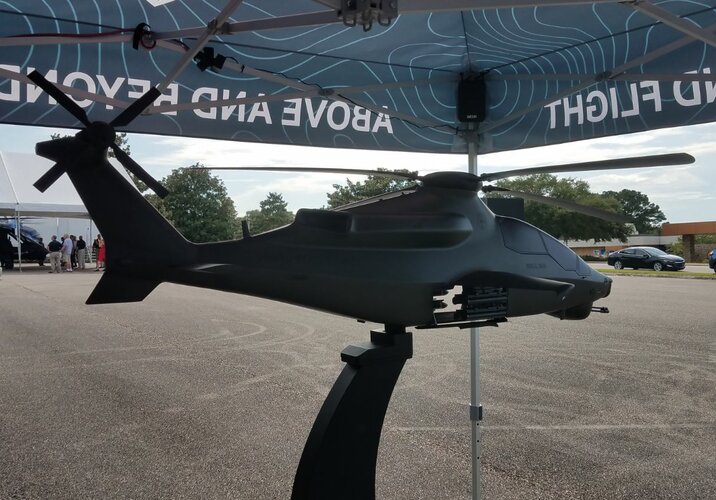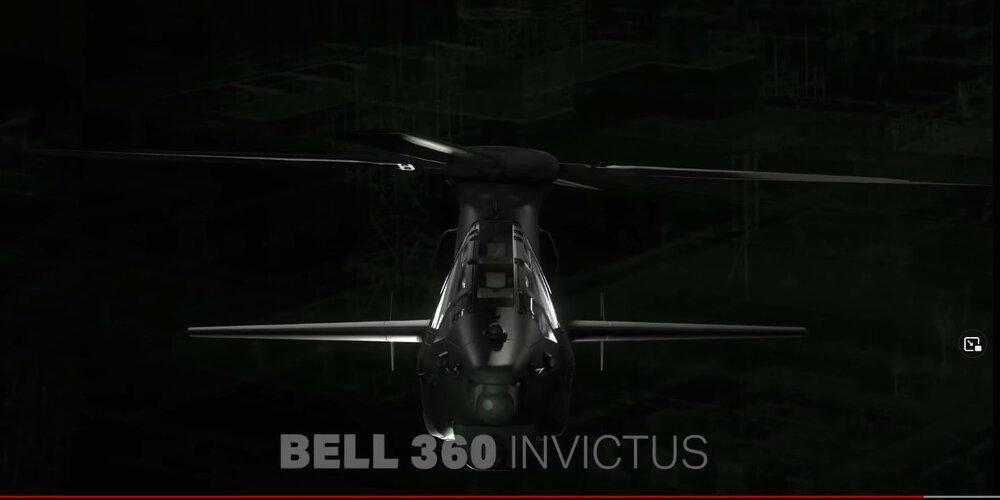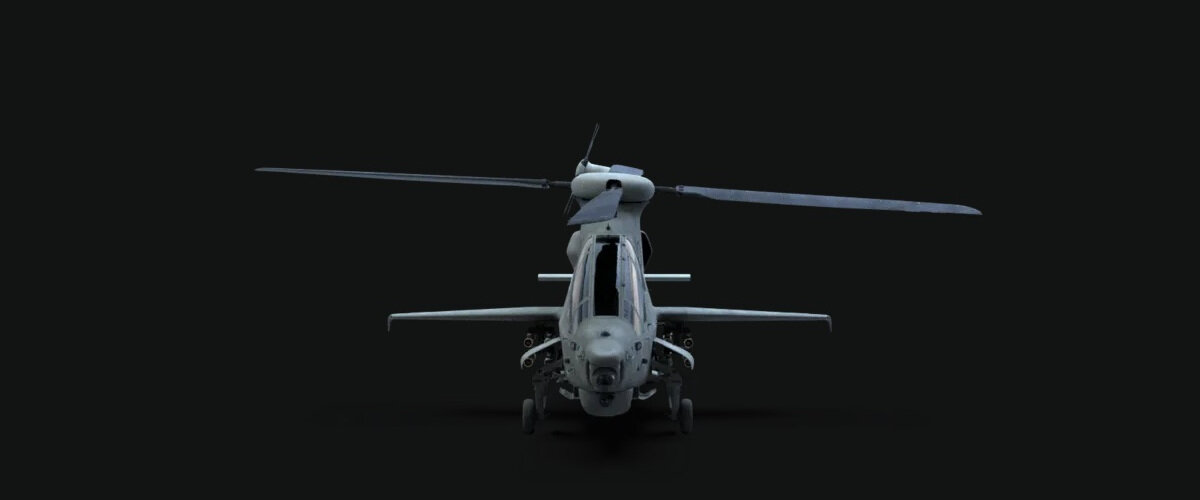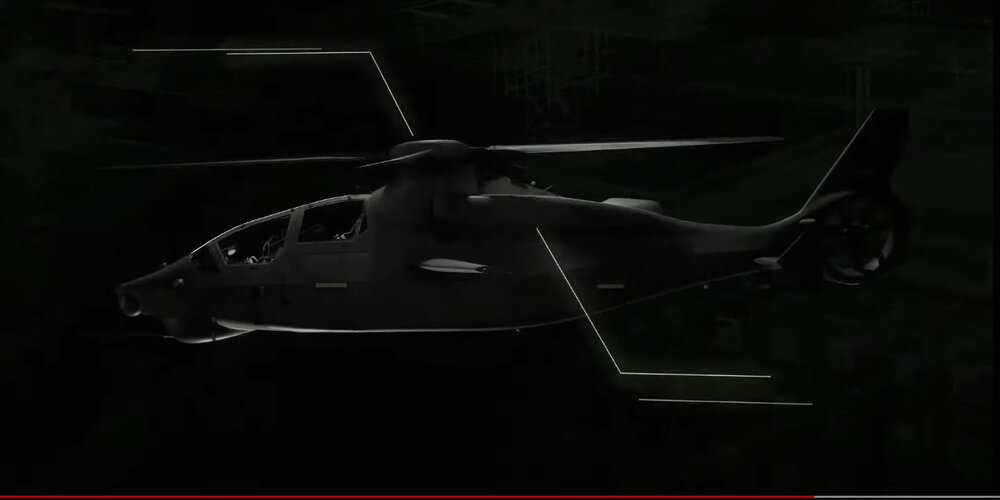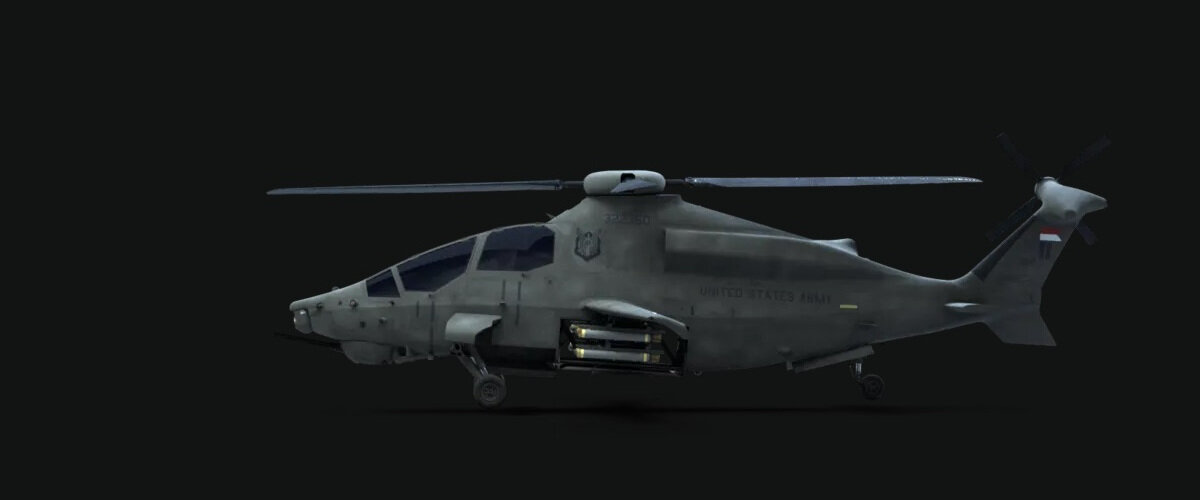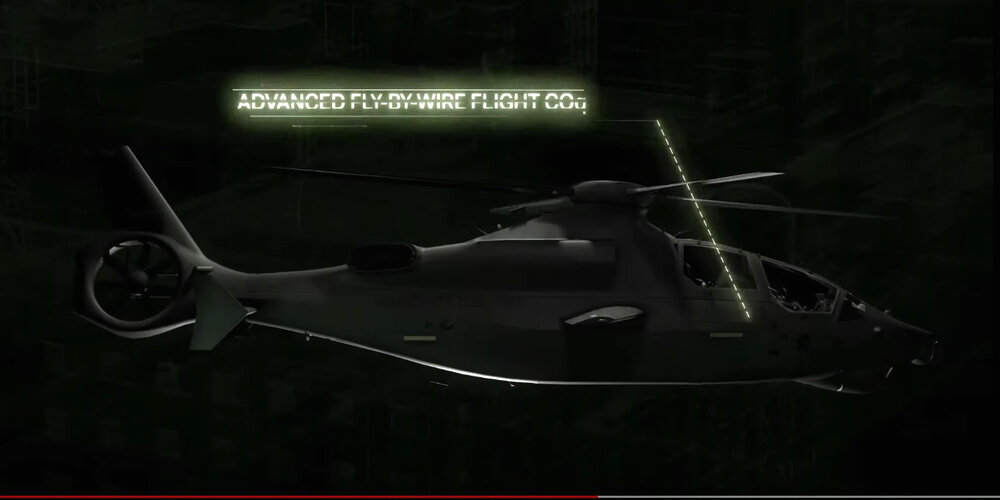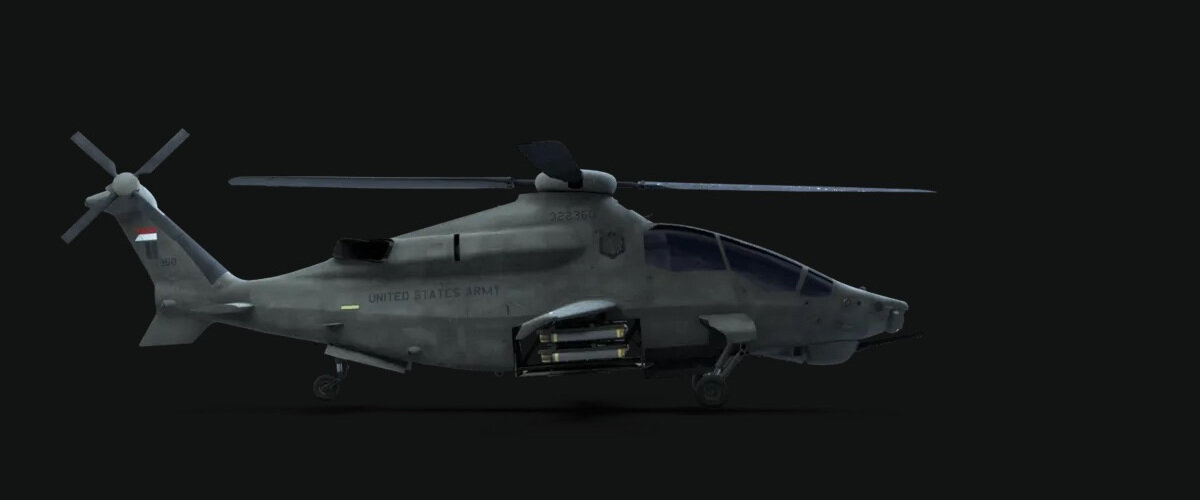Brigadier General Walter Rugen, Director of the Army’s Future Vertical Lift Cross-Functional Team, said in an interview that the “critical path” in future multi-domain operations is the Army’s ability to penetrate anti-access, area denial (A2AD) environments. According to Rugen, Apache is not the aircraft that will do this.
“The FARA and its ecosystem is really our penetration force in the lower tier of the air domain. That force is going to be able to find, fix and finish pacing threats,” says Rugen. “We’ll generate the ability for other players across the joint force to maneuver in that freed-up airspace. Then we’ll start disintegrating [the enemy forces] and open up a corridor.”
“And really, I don’t think Apache participates in the penetration phase. I think FARA and the FARA ecosystem does that… If we’ve generated that joint force freedom of maneuver and our heavy attack assets are moving forward, which includes the Apache, we’re winning.”
“We don’t feel the Apache has the ability to operate from the relative sanctuary that the FVL [aircraft] can. We’re going to have to live with the current fleet for a while… Truly, most of our integration work, most of our studies, modeling and war-gaming has been tying the two future [FVL] platforms together, not necessarily diligently finding a place for Apache because there’s a capability gap there that we need to close with reach. Apache won’t be in our highest end fights until FARA and FLRAA can generate that freedom of maneuver.”
“It’s just like the Air Force is saying with their 4th Gen fighters. If we generate that freedom of maneuver we’re winning. Until we do that with our future capability [FARA], the Apache has issues because it lacks the reach of the advanced rotorcraft configurations.”
Again, this begged the question as to whether there has been any thinking about joint tactics, particularly if, as Rugen says, FARA will “outsource lethality.” Rugen’s answer suggests that it will be an ad hoc process.

 about.bgov.com
about.bgov.com



